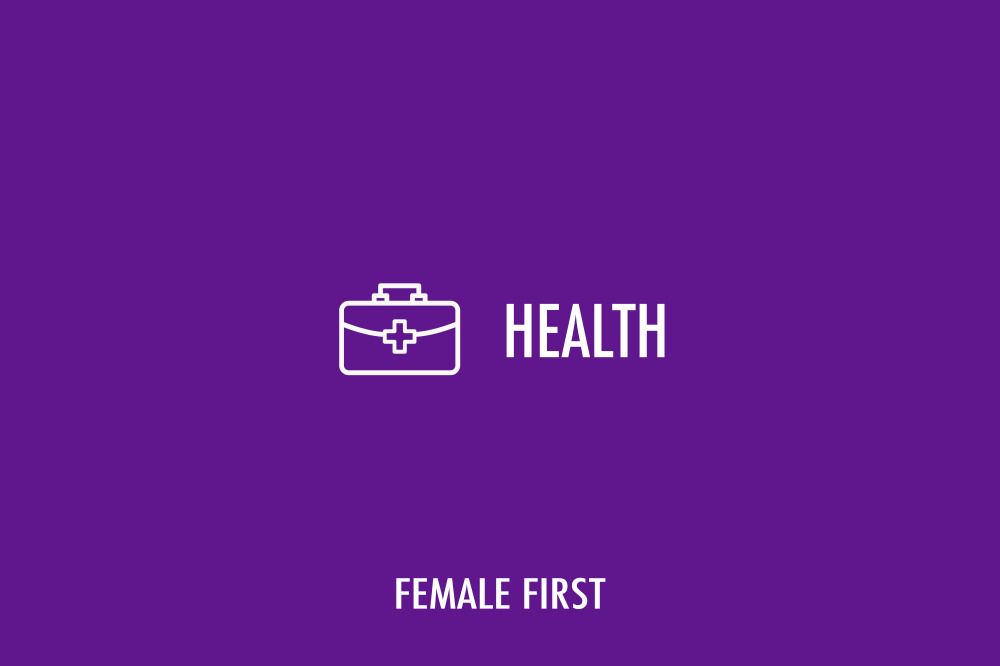Annual screening does not cut breast cancer deaths, according to a new Canadian study.

Health on Female First
The 25-year study concluded that annual screening in women aged 40-59 does not reduce mortality from breast cancer beyond that of physical examination or usual care.
What’s more, the study shows that 22% of screen detected breast cancers were over-diagnosed, representing one over-diagnosed breast cancer for every 424 women who received screening in the trial. Over-diagnosis refers to the detection of harmless cancers that will not cause symptoms or death during a patient's lifetime.
Regular mammography screening is done to reduce mortality from breast cancer. Women with small (non-palpable) breast cancer detected by screening have better long term survival than women with palpable breast cancer. But it is not clear whether this survival difference is a consequence of organised screening or of lead time bias (when testing increases perceived survival time without affecting the course of the disease) and over-diagnosis.
So researchers based in Toronto, Canada decided to compare breast cancer incidence and mortality up to 25 years in over 89,000 women aged 40-59 who did or did not undergo mammography screening.
Women in the mammography arm of the trial had a total of five mammography screens (one a year over a five year period), while those in the control arm were not screened.
Women aged 40-49 in the mammography arm – and all women aged 50-59 in both arms – also received annual physical breast examinations. Women aged 40-49 in the control arm received a single examination followed by usual care in the community.
During the 25 year study period, 3,250 women in the mammography arm and 3,133 in the control arm were diagnosed with breast cancer and 500 and 505, respectively, died of breast cancer. "Thus, the cumulative mortality from breast cancer was similar between women in the mammography arm and in the control arm," say the authors of the study published on bmj.com.
At the end of the five year screening period, an excess of 142 breast cancers occurred in the mammography arm compared with the control arm, and at 15 years the excess remained at 106 cancers. This, say the authors, implies that 22% of the screen detected invasive cancers in the mammography arm were over-diagnosed – that is, one over-diagnosed breast cancer for every 424 women who received mammography screening in the trial.
They stress that these results may not be generalisable to all countries, but say, in technically advanced countries, "our results support the views of some commentators that the rationale for screening by mammography should be urgently reassessed by policy makers."
While they believe that education, early diagnosis, and excellent clinical care should continue, they conclude that annual mammography "does not result in a reduction in breast cancer specific mortality for women aged 40-59 beyond that of physical examination alone or usual care in the community."
In an accompanying editorial, Dr Mette Kalager and colleagues believe that long term follow-up does not support screening women under 60.
They agree with the study authors that "the rationale for screening by mammography be urgently reassessed by policy makers," but point out that this is not an easy task "because governments, research funders, scientists, and medical practitioners may have vested interests in continuing activities that are well established."
Sally Greenbrook, Breakthrough Breast Cancer’s Senior Policy Officer, says that:
“This is a Canadian study specifically looking at the impact of annual breast screening. In the UK, women aged between 50 and 70 years are invited for breast screening every three years, so while this research is interesting, it's difficult to see how it applies to the UK setting.
"We know that there is much confusion around the benefits of breast screening and it is essential that all women have balanced information about the risks and benefits of breast screening to ensure they can make an informed decision. As a result of this, Breakthrough Breast Cancer has created an interactive guide to breast screening aimed at helping women make this decision. This is available at www.breastscreeningfacts.org.”
"Breakthrough Breast Cancer believes that breast screening saves lives. In 2012, an independent review of the evidence behind the breast screening programme found that breast cancer screening in the UK saves approximately 1300 lives a year.”
Tagged in Breast Cancer Health Women's Health

